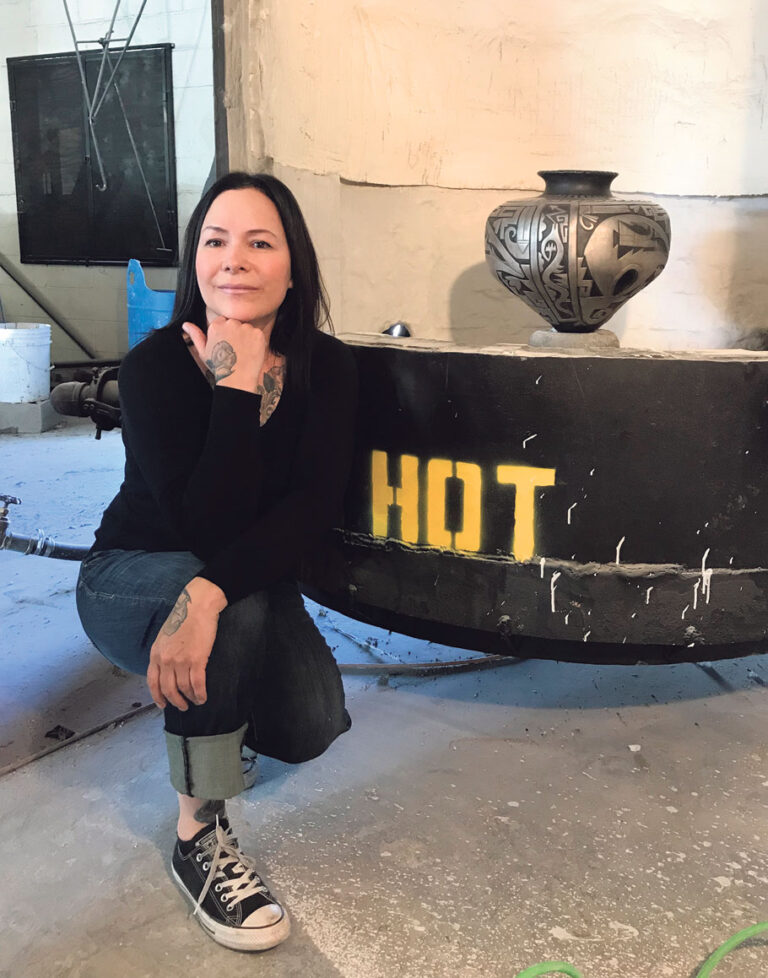Culture Shock: Stories In Clay And Canvas
A Legacy Of Creativity Is Illustrated In Three Generations


Artist Tammy Garcia works in multiple mediums, and always has a story to tell
Wiz Allred of Desert Moon








